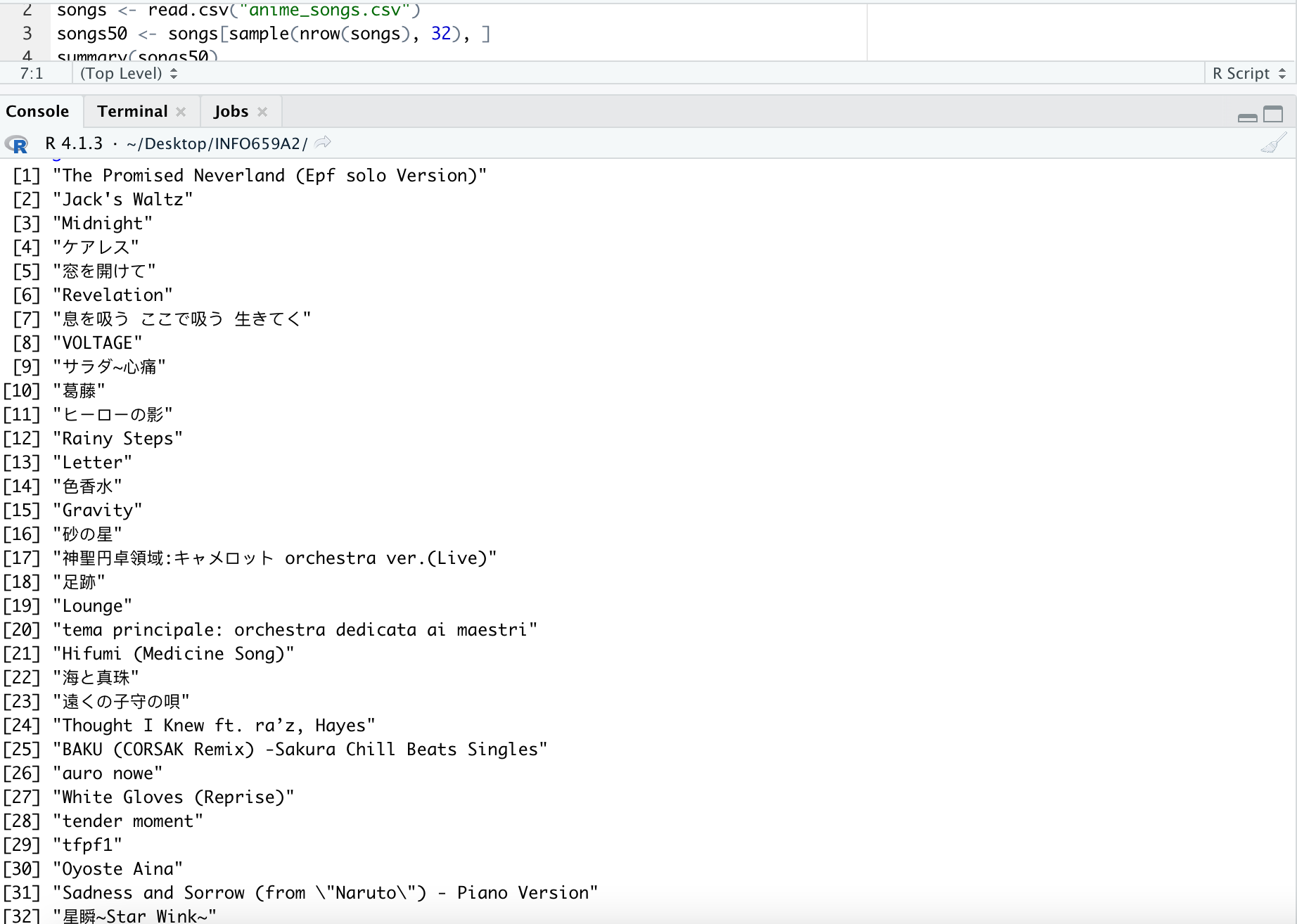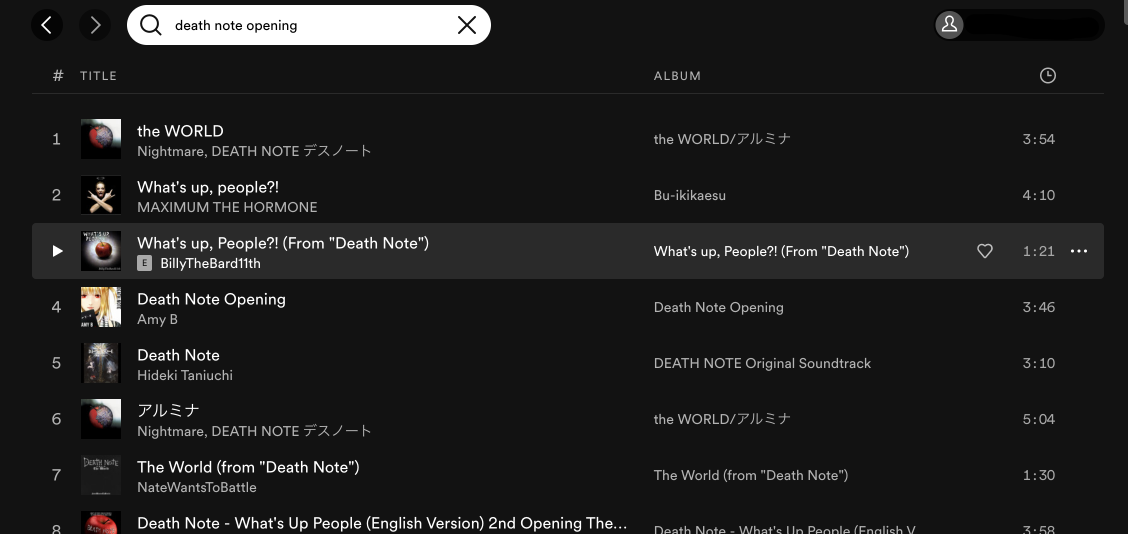Animotify
Over the past few years, Japanese anime has become mainstream in the US and Europe. With the internet accessibility to anime content and series being produced on streaming services like Netflix and Amazon Prime Video, it's reasonable to assume other forms of anime related content will experience a similar growth. I designed an app called Animotify to assist users with searching, saving, and managing hard to find anime music.
 Kevin Towner•2 minute read
Kevin Towner•2 minute read
Breakdown
Timeframe:
- • 5.2.22 - present
My Role:
- • UI designer
Tools:
- • Figma
Inspiration/Resources:
- • Aniplaylist.com
- • Spotify Web Player
Initial Assumptions
Language barrier
Looking back on some of the anime series I've watched, I searched for series and songs on Spotify. One issue that stook out to me was the language barrier, with some songs being listed in English (or Romaji), while other songs are listed in Japanese (or Hiragana and/or Katakana). I decided to examine some data, provided on Kaggle, on top anime songs featured on Spotify.
Information overload
Another issue I came across were the number of cover artists, alternate renditions of the original songs, and unfiltered information that made searching for specific songs rather difficult.
Competitive Evaluation
Usability
Analyzed and scored usability variables on Aniplaylist, Funimation, and Spotify. There are currently 35 columns of usability information. Variables fall under various categories including (a) Navigation, (b) Appearance, and (c) Multimedia Content.
Utility
Analyzed and scored utility variables on Aniplaylist, Funimation, and Spotify. There are currently 8 columns of utility information. Examples include (a) Membership Options, (b) Playlist Functionalities, and (c) Streaming Type.
Framing the Problem
Problem Statement
With the rising popularity of anime content, fans of the genre need an easier way to find their favorite anime music, because the language barrier, information overload, and lack of access to Japanese content makes finding anime music difficult for Western fans.
 Aniuta, an anime music streaming service launched in Japan. Created to address the rise of demand for anime and anime music concerts outside of Japan
Aniuta, an anime music streaming service launched in Japan. Created to address the rise of demand for anime and anime music concerts outside of Japan
First Iteration UI
Animotify UI
Taking inspiration from Spotify and Funimation, I capitalized on the information architecture and UI of Spotify, and the use of anime imagery similar to Funimation to design the first iteration. Going forward, I plan on incorporating similar search filters to Aniplaylist which are unique to finding songs affiliated with television and movies.


